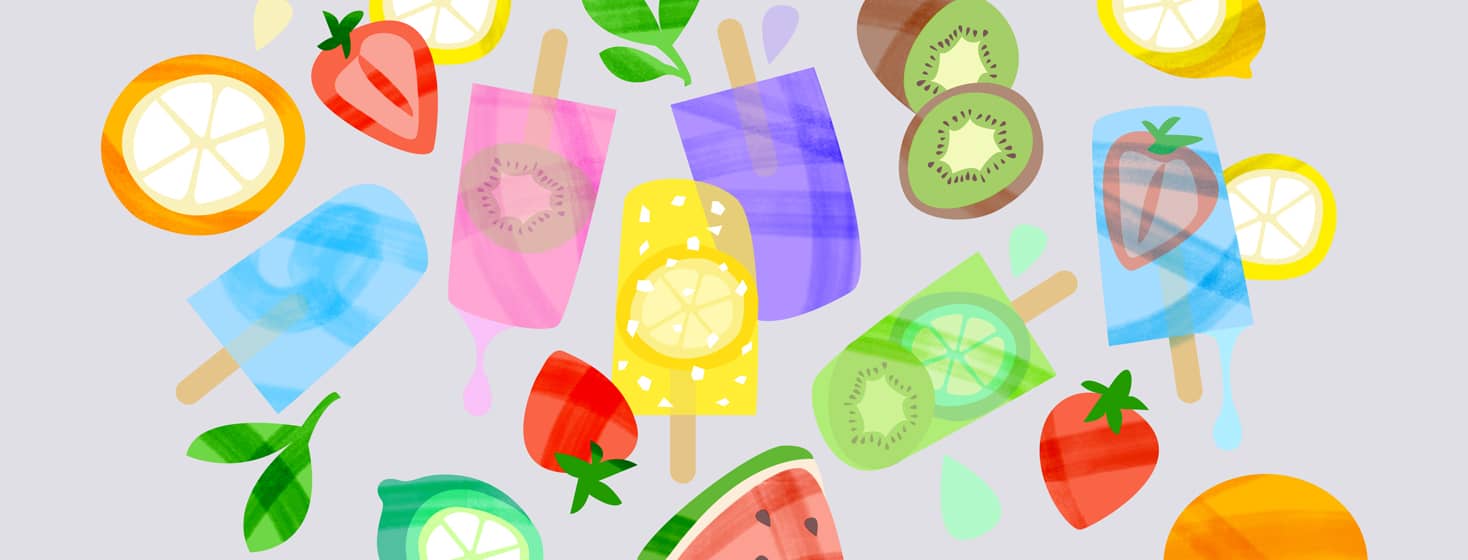The Low FODMAP Diet: All About Monosaccharides
Are you following the low FODMAP diet to manage your irritable bowel syndrome (IBS) symptoms? If so, you may be wondering what all those letters stand for. Let's focus on the "M" in FODMAP. The "M" in FODMAP stands for monosaccharides or fructose.
In this article, I will review why fructose can impact IBS symptoms, how to figure out if you have fructose malabsorption, and which foods contain fructose so that you know what to avoid while you are following the low FODMAP diet.
Monosaccharides and digestion
A monosaccharide is a single sugar unit. On the low FODMAP diet, the monosaccharide of concern is fructose. Fructose is the main sugar in fruit. It is also found in table sugar, or sucrose. Sucrose is made up of glucose and fructose joined together.1
When you eat equal amounts of glucose and fructose, your body can absorb the fructose in the small intestine. This is achieved using two special transporters, called GLUT2 and GLUT5.2
The GLUT2 transporter can only transport fructose when you eat an equal amount of glucose. The GLUT5 transporter can transport fructose by itself. However, the GLUT5 transporter can only handle a small amount of fructose at a time and easily becomes overloaded if you eat too much fructose.2
Digestive problems start when you eat more fructose than glucose or when your GLUT2 and GLUT5 transporters don’t work properly. When this happens, the body cannot digest all the fructose, so the fructose moves through the digestive tract undigested.2
Once the undigested fructose reaches the large intestine, it pulls water into the bowels. Gut bacteria also ferment it. For some people, this results in bothersome symptoms like gas, bloating, and diarrhea.2
How is fructose malabsorption diagnosed?
Diagnosing fructose malabsorption is difficult because its symptoms are similar to symptoms of other conditions and other sugar intolerances. Currently, testing for fructose malabsorption is done via a hydrogen breath test (HBT). In this test, you are given pure fructose to eat, and hydrogen levels in your breath are measured after 8 to 12 hours. High levels of hydrogen may indicate fructose malabsorption.2
However, there are several problems with the HBT. It is not a very specific test, as hydrogen can be high in the breath for several other reasons. It is also common for the HBT to produce false positives.2
Overall, the best way to figure out if you have fructose malabsorption is to cut out high-fructose foods and see whether your symptoms improve. If your symptoms do improve, you may have fructose malabsorption. This is where the low FODMAP diet comes in.
What foods contain fructose?
Luckily, not all foods containing fructose have to be avoided on the low FODMAP diet. Remember, if glucose and fructose are eaten in equal amounts, the body can properly digest the fructose.
Here are some of the foods that are high in fructose and should be avoided during the elimination phase of the low FODMAP diet (food list based on data from the Monash University FODMAP app):
- Asparagus
- Red bell peppers
- Broccoli (stalks only)
- Sugar snap peas
- Cherry and Roma tomatoes
- Apples
- Cherries
- Grapes
- Mangoes
- Pears
- Watermelon
- Honey
- Agave
- High-fructose corn syrup
Despite the long list of foods that need to be avoided on the low FODMAP diet, there are many fruits and vegetables that do not contain too much fructose. The Monash FODMAP app can be useful in helping you plan which lower-fructose fruits and vegetables you can eat while you are following the low FODMAP diet.
Final thoughts
Eating more fructose than glucose can cause bothersome digestive symptoms like gas, bloating, and diarrhea. The best way to figure out if you have fructose malabsorption is to temporarily cut out foods with more fructose than glucose and see whether your symptoms improve.

Join the conversation